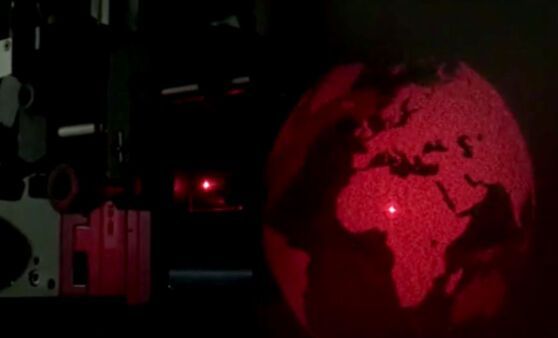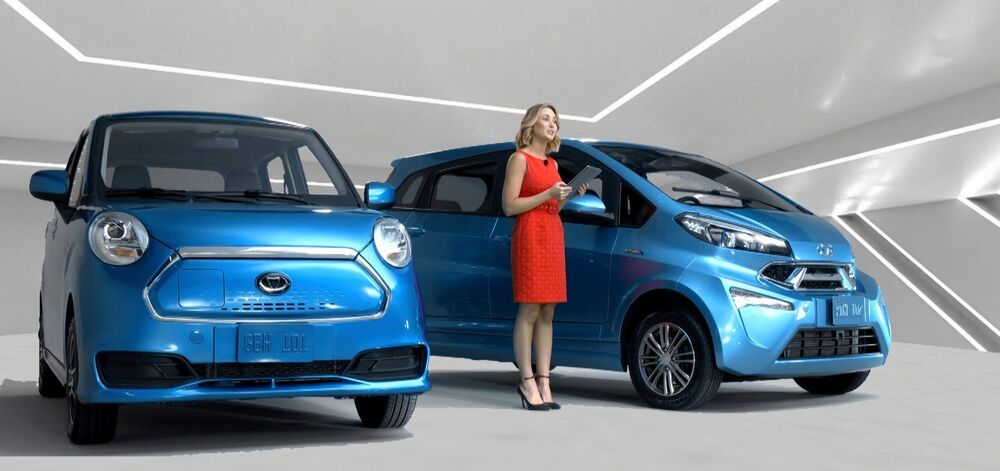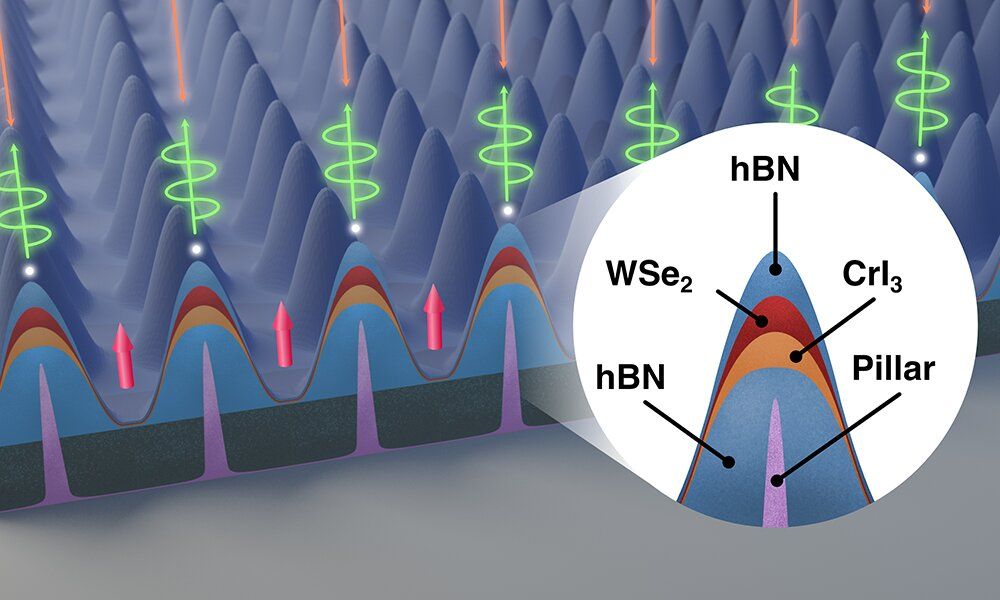Right now it looks like the graphics from Nintendo’s Virtual Boy, but the engineers want to add full color.



On Oct. 15, 2020, a federal grand jury in Pittsburgh returned an indictment charging six computer hackers, all of whom were residents and nationals of the Russian Federation (Russia) and officers in Unit 74455 of the Russian Main Intelligence Directorate (GRU), a military intelligence agency of the General Staff of the Armed Forces.
These GRU hackers and their co-conspirators engaged in computer intrusions and attacks intended to support Russian government efforts to undermine, retaliate against, or otherwise destabilize: (1) Ukraine; (2) Georgia; (3) elections in France; (4) efforts to hold Russia accountable for its use of a weapons-grade nerve agent, Novichok, on foreign soil; and (5) the 2018 PyeongChang Winter Olympic Games after Russian athletes were banned from participating under their nation’s flag, as a consequence of Russian government-sponsored doping effort.
Their computer attacks used some of the world’s most destructive malware to date, including: KillDisk and Industroyer, which each caused blackouts in Ukraine; NotPetya, which caused nearly $1 billion in losses to the three victims identified in the indictment alone; and Olympic Destroyer, which disrupted thousands of computers used to support the 2018 PyeongChang Winter Olympics. The indictment charges the defendants with conspiracy, computer hacking, wire fraud, aggravated identity theft, and false registration of a domain name.

In the last few years, countless cyber-attacks were reported globally that were linked to the People’s Republic of China. The Chinese cyber-hackers, who target the foreign networks and websites are sponsored by the Chinese government. They are highly trained and have acquired abilities not only to exploit common vulnerabilities but also to discover and even create new vulnerabilities.
The US National Security Agency’s in-depth report of 23rd October points out that one of the greatest threats to the US National Security Systems, Defence Industrial Base and Department of Defence information networks is the “Chinese state sponsored malicious cyber activity”. The report underlines that the Chinese hackers exploit “computer networks of interest that hold sensitive intellectual property, economic, political, and military information.”
In July 2020, US had ordered the closure of the Chinese consulate in Huston, when it discovered that the Chinese officials there were involved in the intellectual property theft and indicted two Chinese nationals for allegedly hacking hundreds of companies and crucially had attempted to steal coronavirus vaccine research. The United States Department of Justice has charged five Chinese national for their involvement in hacking targets not only in the US governments but also the networks of the Indian and Vietnam government. They also carried out attacks on the UK government network unsuccessfully.


An early model Nissan Leaf has been given a new lease of life with a battery upgrade for a fraction of the price it would cost if done by Nissan.
The 2011 Nissan Leaf came with a 24kWh battery, and even when new had a very modest driving range of 117km based on the US EPA ratings.
But after nine years of use, this particular Nissan Leaf’s maximum range had degraded to around 100km, prompting owner Daniel Öster to undertake an upgrade using a 30kWh battery from a 2017 Nissan Leaf.

In the distant past, there was a proverbial “digital divide” that bifurcated workers into those who knew how to use computers and those who didn’t.[1] Young Gen Xers and their later millennial companions grew up with Power Macs and Wintel boxes, and that experience made them native users on how to make these technologies do productive work. Older generations were going to be wiped out by younger workers who were more adaptable to the needs of the modern digital economy, upending our routine notion that professional experience equals value.
Of course, that was just a narrative. Facility with using computers was determined by the ability to turn it on and log in, a bar so low that it can be shocking to the modern reader to think that a “divide” existed at all. Software engineering, computer science and statistics remained quite unpopular compared to other academic programs, even in universities, let alone in primary through secondary schools. Most Gen Xers and millennials never learned to code, or frankly, even to make a pivot table or calculate basic statistical averages.
There’s a sociological change underway though, and it’s going to make the first divide look quaint in hindsight.

Chinese electric startup Kandi announces that its small K27 electric car has been approved for California roads and it is going to cost only $7,999 in the state after incentives.
Several Chinese automakers are currently looking to expand outside of China, and that’s especially true of electric vehicle makers.
Even foreign automakers, like Volvo and BMW, are now producing electric vehicles in China and exporting them globally. The Chinese-made Polestar 2 is due later this year. BMW is also looking at bringing Chinese made EVs to the US.

Researchers at the University of Rochester and Cornell University have taken an important step toward developing a communications network that exchanges information across long distances by using photons, mass-less measures of light that are key elements of quantum computing and quantum communications systems.
The research team has designed a nanoscale node made out of magnetic and semiconducting materials that could interact with other nodes, using laser light to emit and accept photons.
The development of such a quantum network—designed to take advantage of the physical properties of light and matter characterized by quantum mechanics—promises faster, more efficient ways to communicate, compute, and detect objects and materials as compared to networks currently used for computing and communications.
